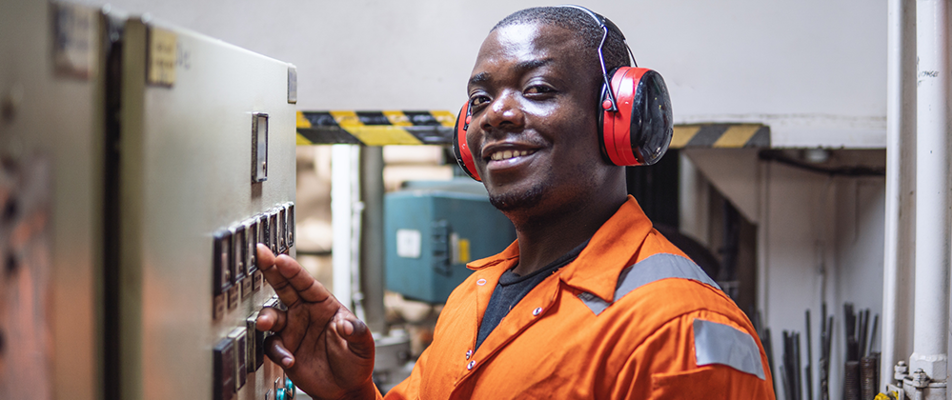Share your Safety incident
Ensure the industry learns the lessons

Explore 0 Safety Flash entries shared freely with the industry to ensure lessons are learned, as part of our mission to improve performance in offshore delivery.
We're in the process of transferring our extensive archive of Safety Flashes to the site. Please bear with us while we complete this exercise.
Individual entries can be downloaded as a PDF to easily share and print within your own organisation. Fully searchable for quick reference, Safety Flashes are tagged by Life Saving Rule. What are these?
Total entries found: 2270
Sorted by:
A pallet containing a load weighing 500kg dropped off a flatbed truck in close proximity to a delivery driver.
IMCA SF 11/25
18 June 2025
During a routine scheduled safety inspection of the main mast, it was discovered that the access hatch to one of the communication domes had fallen off.
IMCA SF 11/25
18 June 2025
It was observed that electrical equipment was switched off, but LOTO was not applied in place.
IMCA SF 11/25
18 June 2025
The UK Marine Accident Investigation Branch has published Safety Digest 1/2025, consisting of lessons from recent Marine Accident Reports.
IMCA SF 11/25
18 June 2025
The National Transportation Safety Board of the United States (NTSB) has published a report and an investigation.
IMCA SF 11/25
18 June 2025